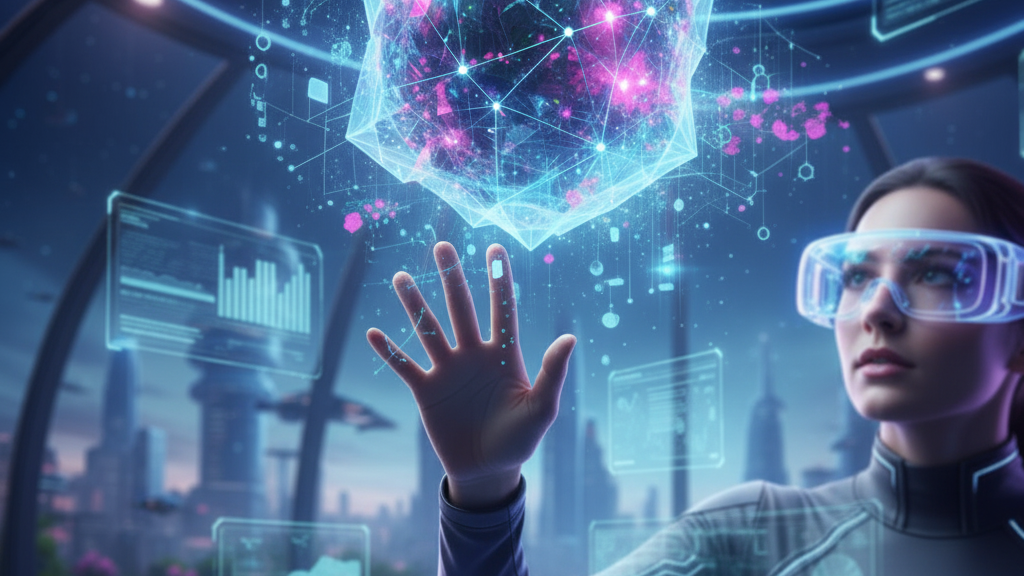
Everything we do online, from consuming content on platforms like YouTube, TikTok and Spotify, to creating our own content in the form of social media posts, stories, comments and memes, is owned by the platforms that host it (Dixon, 2024, p. 47). In most cases, these dominant tech giants, such as Google and Meta, control not only most of the market (‘Charted’, 2023) or what content / who we see, but also how much the original creator should be compensated (Nicholas, 2022). The idea that this model is unfair is gaining traction, and there is a growing consensus that our collective efforts should be directed towards creating a truly open and democratic internet. One of the main proponents of this approach is Christ Dixon, the author of ‘Read Write Own: Building the Next Era of the Internet’, who explains the desirable shift of the internet.
Essentially, Dixon outlines three eras of internet evolution. In the first era, anyone could freely access information (Dixon, 2024, p. 13). The second era (read-write) allowed users to create their own content via social networks or blogs (Dixon, 2024, p. 13). The problem was, and still is to some extent, the centralization of corporate networks, which grew dominant by storing and hosting user data and extracting high fees, which Dixon refers to as ‘take rates’. This concentration of power will now be broken down in the emerging third era of the internet (read-write-own). Using new blockchain-enabled technologies, users will be able to own a stake in the systems they build, enabling transparent and fair compensation (Dixon, 2024, p. 13). To illustrate the concept of blockchain-based applications, Dixon uses the example of an email system that eliminates centralised points of failure:

(Dixon, 2024, p. 96)
What I found particularly interesting while reading this book was how it changed my view of digital assets. When I was younger, the warning ‘You wouldn’t download a car’ at the beginning of many DVDs made me smile simply because it wasn’t possible, even if I had wanted to (haxorcat, 2007). However, in recent years, many of the assets we consume and interact with on a daily basis have moved into the digital realm — for example, e-books, music and video games — and suddenly, this old slogan seems truer than ever. As Dixon explains, when we ‘buy’ a game or a subscription to a streaming service, we don’t own anything but the licence to consume it, which can be revoked at any moment. This realisation makes the concept of blockchain-based ownership seem less futuristic and more like a necessity in my daily life.
I would love to hear your opinion. Do you also think that the concept of ownership on the web has got out of hand?
References:
- Charted: Companies in the Nasdaq 100, by Weight. (2023, June 26). Visual Capitalist. https://www.visualcapitalist.com/cp/nasdaq-100-companies-by-weight/
- Dixon, C. (2024). Read write own: Building the next era of the Internet (First edition). Random House.
- haxorcat (Director). (2007, December 4). Piracy it’s a crime [Video recording]. https://www.youtube.com/watch?v=HmZm8vNHBSU
- Nicholas, G. (2022, April 28). Shadowbanning Is Big Tech’s Big Problem. The Atlantic. https://www.theatlantic.com/technology/archive/2022/04/social-media-shadowbans-tiktok-twitter/629702/
Author: Johannes Erath 785513je





